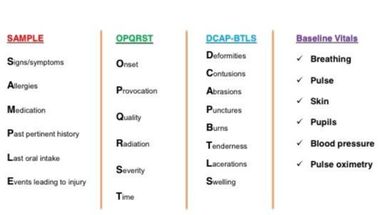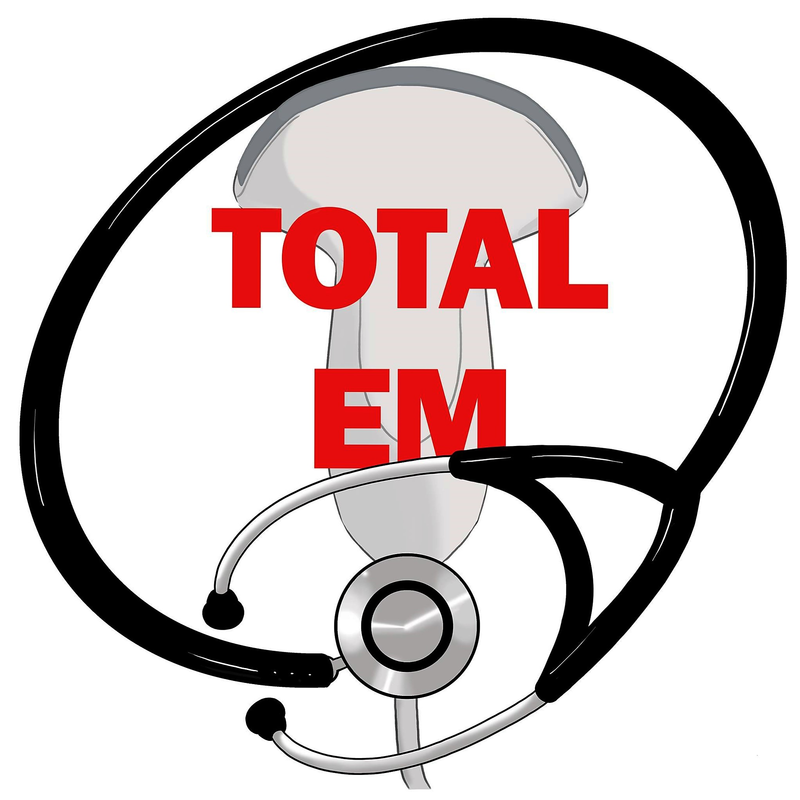|
It is time to dive into some core Advanced Trauma Life Support (ATLS) content. Mike Sharma is back to co-host the podcast and help us cover the first chapter of ATLS which discusses the initial assessment and management of trauma patients.
There are a series of steps we need to take during the initial assessment. Keep in mind, this is dynamic and with each intervention, the patient should be re-evaluated for changes (both good and bad).
Let us know what you think by giving us feedback here in the comments section or contacting us on Twitter or Facebook. Remember to look us up on Libsyn and on Apple Podcasts. If you have any questions you can also comment below, email at [email protected], or send a message from the page. We hope to talk to everyone again soon. Until then, continue to provide total care everywhere.
3 Comments
DR.HAZIM YASIN
9/6/2020 02:03:59 am
thanks for your great efforts
Reply
Samir Al-Nasseri
2/8/2022 02:39:40 am
Excited to learn. Thanks for the valuable information provided.
Reply
Chad White
2/19/2024 01:36:28 pm
Thank for a great reminder before I start my ATLS class again this week
Reply
Leave a Reply. |
Libsyn and iTunesWe are now on Libsyn and iTunes for your listening pleasure! Archives
August 2022
Categories |
||||||


 RSS Feed
RSS Feed